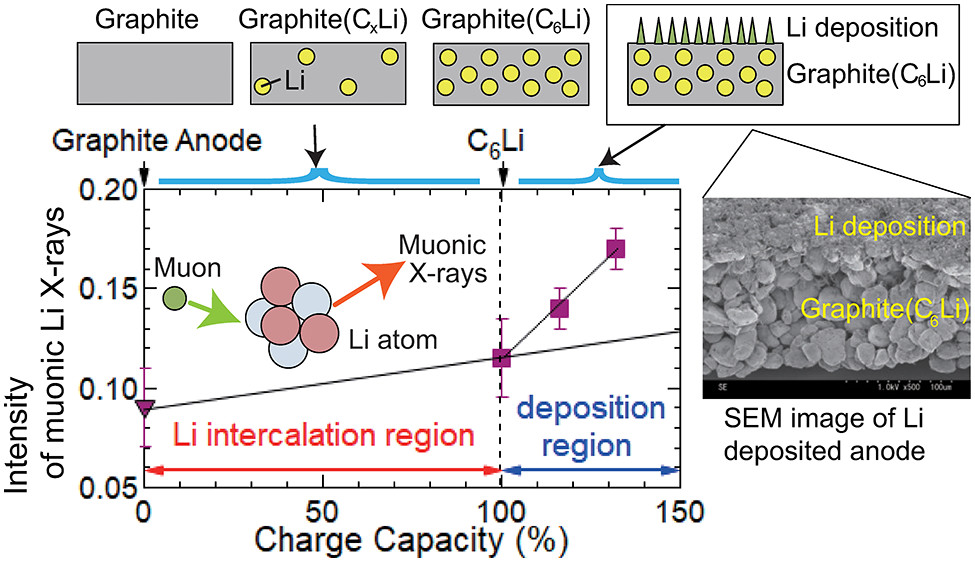Batteries and fuel cells
Our future sustainable energy systems critically rely on new energy technologies for energy conversion and storage. The 3D nano-/microstructure of the functional materials determine the performance and life-time of the components. It controls energy storage and energy conversion of for instance fuels and electricity. Examples of such components are catalyzers, gas cleaning membranes, fuel- and electrolysis cells, solar cells and batteries.
For the technological advancement it is crucial to achieve a fundamental understanding of the relationship between composition, strength, performance, efficiency, life-time and the flow of gasses, liquids and electricity. Neutron imaging is unique because large samples can be visualized while in operation, for instance a complete fuel cell or battery. One can visualize each constituent and flows of water, gases or even electrical current can be imaged. The figures below show a recent neutron image and schematic representation to it, acquired at the large-scale neutron facility J-PARC in Japan. They show a cross section of a half battery cell under discharge (left: charging, right: discharging) and here the movement of the Li-ions is clearly seen as they move into the graphite electrode. The article is published in Analytical Chemistry 2020 with the name Nondestructive High-Sensitivity Detections of Metallic Lithium Deposited on a Battery Anode Using Muonic X-rays by Izumi Umegaki, Yuki Higuchi, Yasuhito Kondo, Kazuhiko Ninomiya, Soshi Takeshita, Motonobu Tampo, Hiroyuki Nakano, Hideaki Oka, Jun Sugiyama, Michael K. Kubo, and Yasuhiro Miyake.
In SOLID we combine mapping of the 3D microstructure with neutron and X-ray imaging with modelling of structure, flow and current or degradation and thereby we are able to predict the life-time of the component. This fundamental understanding of the key mechanisms will pave the way for ground breaking technological advancements.

